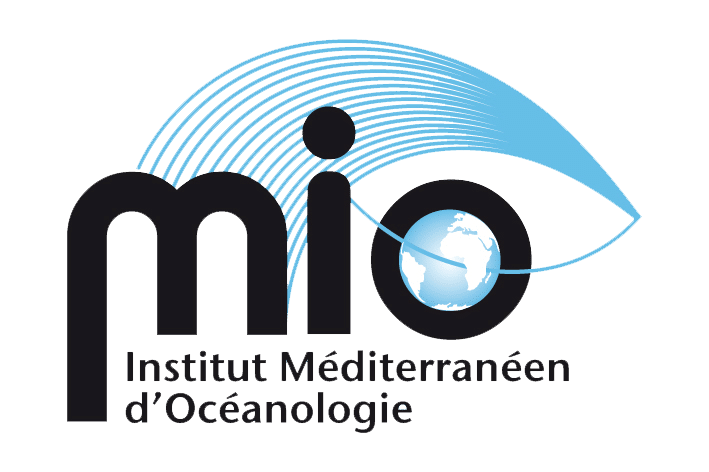On the following subject: "Fluvial and atmospheric inputs of trace metals and metalloids in the Mediterranean coastal zone: the case of the Toulon roadstead".
Summary: Coastal zones represent a major challenge in terms of economic activities and preserving the good chemical and ecological status of the natural environment. While contaminant flows, particularly trace metals and metalloids (TMEs), are relatively well studied and described on a global scale (sea or ocean), this is less the case in more enclosed areas and on a more local scale. The Toulon harbour, which has a semi-enclosed morphology, is surrounded by a large metropolis (450,000 inhabitants) with a high level of human activity (France's leading military port, civilian ports, passenger transport). These present and past activities (Second World War) have led to heavy sediment contamination and a strong gradient in concentrations of MMTE between the south of the large harbour connected to the Mediterranean Sea and the more isolated parts of the small harbour. In this context of a contaminated coastal zone, the aim of this thesis work is to assess the contribution of fluvial and atmospheric inputs of MMTE to the Toulon roadstead. The proposed sampling method, combining field sensors, particle traps and spot sampling differentiated between low-water and high-water periods, made it possible to obtain a chronicle of MWTE inputs that took meteorological variability into account. The results show that inputs of MBTEs by the rivers (Las and Eygoutier) are predominant during floods and in the particulate fraction, and are of particular concern for copper and zinc, which exceed regulatory thresholds. In the Las, however, dissolved copper remains the predominant input during floods. In the Eygoutier, the values obtained are lower than those measured previously in 2004. Low-water inputs are largely in the minority, but high levels of cadmium and mercury in particles were measured without it being possible to identify their source. Atmospheric inputs of MMTE are dominated by the particulate fraction, with levels exceeding regulatory thresholds by a factor of 2 to 4 for copper, lead and zinc. At the scale of the harbour, river inputs remain higher (more than 50% of the sum of these two inputs) than atmospheric inputs. Taking into account other existing sources (ports, run-off, wastewater treatment plants, sediment diffusion), the contribution of these inputs is estimated at 4 % for mercury, around 30 % for copper and cadmium and almost 70 % for lead and chromium. The balance of MWTE flows in the harbour leads to the harbour being described as a source of MWTE for the Mediterranean Sea. This is confirmed by the net export
calculated for lead, mercury and cadmium. For copper and nickel, it would appear that sources are lacking to confirm this net export. For zinc and arsenic, too much variability prevents a clear conclusion. However, these estimates need to be confirmed by reducing the associated uncertainty, in order to present a better constrained balance sheet.




